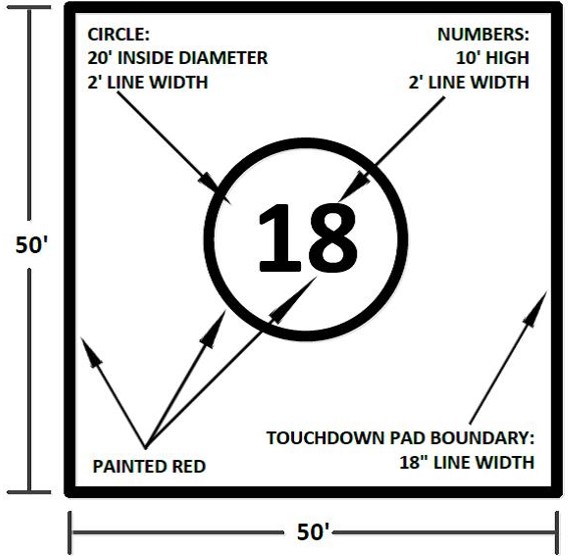Loading...
At least one elevator car serving all building levels shall be made available for emergency use and shall contain the following:
1. A minimum inside car platform of 4 feet 3 inches deep by 6 feet 8 inches wide with a minimum clear opening width of 42 inches, unless otherwise designed and approved to provide equivalent utility to accommodate an ambulance stretcher having a minimum size of 24 inches by 84 inches in its horizontal position.
2. The elevator shall be subject to control from the building control station.
3. The elevator shall be interconnected with the standby power system.
4. The elevator shall be identified with a permanent sign installed adjacent to the elevator control panel in the building control station.
Installation, alteration, and major repair of the items listed in Sections 57.4705.1.1 through 57.4705.1.3 shall be performed under permit of the Department of Building and Safety, when such permit is required.
Each building shall have a rooftop emergency helicopter landing facility in a location approved by the Chief. A heliport as classified in FAA Advisory Circular 150/5390 2B may be accepted in lieu of the emergency helicopter landing facility. Facilities shall be installed under permit of Chapter 9 of the Los Angeles Municipal Code (Building and Plumbing Codes) and should also be in accordance with the guidelines of FAA Advisory Circular 150/5390 2B.
The following words or group of words, when used in this section, shall be defined as follows:
Approach-Departure Path. The flight path of the helicopter as it approaches or departs from the emergency helicopter landing facility designated take- off and landing area. The approach-departure path is measured from the edge of the take-off and landing area and is a rising slope determined by a ratio of 8 feet horizontal distance for every 1 foot of vertical height.
Peripheral Area. An obstruction-free (i.e., no intrusions into the approach-departure path) area adjacent to the take-off and landing area serving as a safety zone.
Take-off and Landing Area. The designated area on the emergency helicopter landing facility from which helicopter departures and approaches are intended to originate or terminate.
Touchdown Pad. The load bearing portion of the emergency helicopter landing facility designated take- off and landing area on which a helicopter may land.
An emergency helicopter landing facility shall meet the following minimum requirements:
1. Approach-Departure Path: The facility shall have two approach-departure paths with a 90-degree arc of separation between the two.
2. Touchdown Pad: The touchdown pad shall have a dimension of 50 feet by 50 feet.
NOTE: The touchdown pad is the same size as the take-off and landing area.
3. Peripheral Area: The peripheral area (obstruction-free safety zone) surrounding the take-off and landing area/touchdown pad shall be 25 feet from the edge of the take-off and landing area.
4. Safety Net: If the touchdown pad is elevated more than 30 inches above the adjoining roof level, a horizontally attached safety net shall be installed around the perimeter. The safety net shall be located in such a manner that it will not penetrate the approach-departure paths.
5. A wind-indicating device shall be provided.
6. Fire Protection: One Class H standpipe in accordance with Chapter 9 of the Los Angeles Municipal Code (Plumbing Code) shall be provided. A weather-resistant cabinet for fire hose shall be provided with 100 feet of rubber-lined, single-jacketed, 1 1/2 inch fire hose equipped with a fog nozzle.
7. The emergency helicopter landing facility shall be marked as indicated in Figure 57.4705.4.
EXCEPTION: Heliport marking as defined in FAA Advisory Circular 150/5390 2B for private use or public use may be accepted.

NOTES:
1. The preferred touchdown pad background color is white.
2. The red numeral indicates the allowable weight, in thousands of pounds, that the facility is capable of supporting.
3. The numeral shall be oriented toward magnetic north.
4. Allowable weight shall not be in metric units.
Loading...